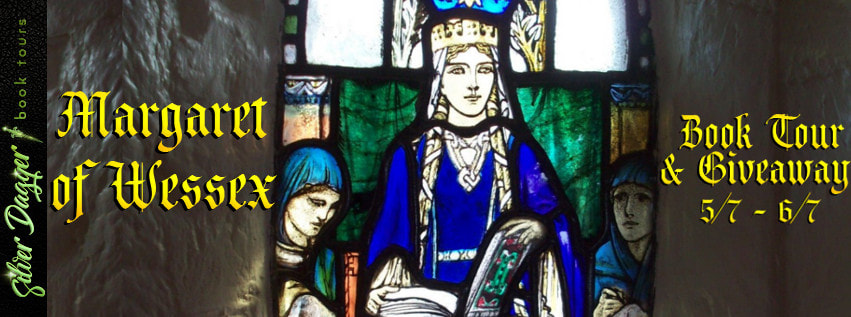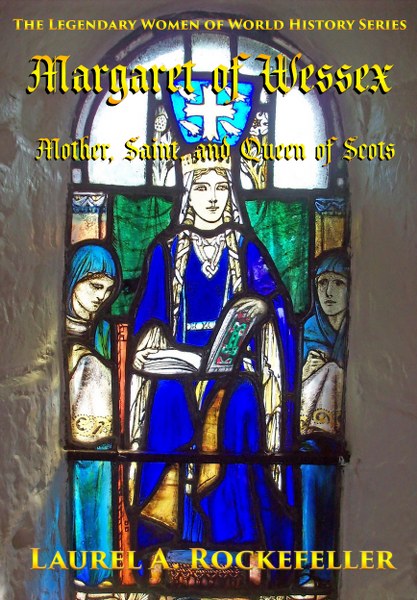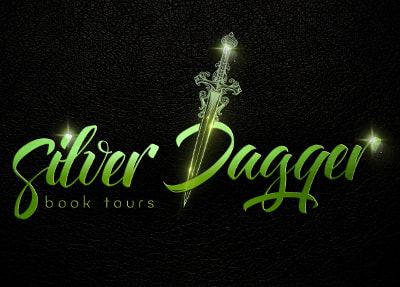Margaret of Wessex
The Legendary Women of World History Book 10
by Laurel A. Rockefeller
Genre: Historical Fiction
The 11th century was a dangerous time to be of the line unbroken of King Æthelred II Unread and his first queen, Æfgifu of York. Born in Hungary after King Canute III's failed attempt to murder her father, Edward the Exile,
Margaret found her life turned upside down by King Edward the Confessor's discovery of her father's survival --
and the resulting recall of her family to England.
Now a political hostage only kept alive for as long as it served powerful men's interests, Margaret and her family
found King Máel Coluim mac Donnchadh Ceann Mhor (Malcolm III Canmore)'s invitation to his court in
Dunfermline in Alba the long-awaited answer to her prayers.
Scotland would never be the same again.
Includes two family tree charts, an expansive timeline covering over three thousand years of Pictish and medieval
history, plus Roman Catholic prayers, and a bibliography so you can keep learning.
**Special Promo!**
There are now TEXTBOOK versions of most of the Legendary Women of History series On sale for 99 cents
versus $2.99 for the regular editions. The textbook versions add study questions to each chapter of the
biographies.
You can find all the textbook editions at https://www.amazon.com/gp/product/B087CVGB1T
or on my website at https://bit.ly/LARtextbooks.
Sale ends June 30th!
Born, raised, and educated in Lincoln, Nebraska USA Laurel A. Rockefeller is author of over twenty-five books
published and self-published since August, 2012 with editions spanning across ten languages and counting. A
dedicated scholar and biographical historian, Ms. Rockefeller is passionate about education and improving history
literacy worldwide.
With her lyrical writing style, Laurel's books are as beautiful to read as they are informative.
In her spare time, Laurel enjoys spending time with her cockatiels, travelling to historic places, and watching
classic motion pictures and classic television series. Favorites: Star Trek, Doctor Who, and Babylon 5.
Laurel proudly supports Health in Harmony, The Arbor Day Foundation, and other charities working to protect and re-
plant forests globally.
GUEST POST
Five Fun Facts from
Medieval Alba
By
Laurel A. Rockefeller
I love the middle ages. History always has surprises around the
corner for you, as I learned writing “Margaret of Wessex: Mother,
Saint, and Queen of Scots.” Here are five fun facts from medieval
Alba.
- Scotland. Believe it or not, the people of Scotland did not refer to their country as Scotland until circa 1368 and the Wars of Independence against English conquest. The English named the country Scotland, a reference to the Scotti or Scots of the short-lived tiny kingdom of Dál Riata (also spelled Dalriada) which occupied modern-day Argyll and most of the Hebrides Islands. The Scotti spoke Gaelic, a Celtic language referencing the Irish Gaels. Being Irish, not Brythonic, it likely differed slightly from the language of the Picts – the Brythonic natives to “Scotland.” In 840 CE Cináed mac Ailpín (Kenneth I MacAlpin), the son of King Ailpín of Dál Riata and a Pictish princess merged Dál Riata into his Pictish kingdom, naming the unified kingdom “Alba.” As part of the merger, Kenneth moved his government, including all documents, religious relics, and personnel to his capital in Scone—including the famous Stone of Destiny now associated with Scone. A few weeks later, Viking invaders from Ireland destroyed Dál Riata. Very few actual Scots lived in Alba, perhaps 10% of the population, making “Scotland” ethnically overwhelmingly Pictish. Linguistically, Gaelic and the Pictish languages fused together (just as English evolved as a fusion of Brythonic languages, Latin, Germanic dialects, and Danish). But though we call the language “Gaelic” the probabilities are highest that “Gaelic” is mostly a modern version of Pictish.
- Scottish Clans. We assume that the clan system in Scotland has always been there. While there certainly have been clans (most of the names we have for different Brythonic people in Scotland are actually clans –not tribes) since before Roman times, the organized clan system we associate with Scotland itself did not exist until 1093/4 in the aftermath of King Malcolm III Canmore and Queen Margaret of Wessex’s deaths. Specifically, the clans organized and codified themselves to protect traditional customs and ways of life from further erosion by Malcolm’s successors, all of them named in English instead of Pictish or Gaelic. It was a check on royal power not unlike in some respects from the checks made against Malcolm and Margaret’s Plantagenet descendants in England via the Magna Carta.
- Kilts. When most people think of Scotland, they immediately think of kilts. The assumption being the kilt is an ancient garment that men have always worn. In fact, the first depictions in art of a man wearing a kilt only dates to the 17th century, to after the merger of the English and Scottish crowns under the Stuarts. Before that time, Brythonic people wore a “brat” as an over garment to protect them from the weather. A brat is a 2 meter long length of heavy wool (either solid or plaid) that is wrapped and pinned around the body. Kilts evolved from the brat by pleating this length and belting it to the body at the waist.
- MacBeth. Ah the Scottish Play! Few names are better known than MacBeth thanks to Shakespeare. But unlike the version in the play, the real man was not a murderer. Rather, MacBheatha mac Fhionnlaigh (MacBeth) killed his cousin Donnchadh mac Crìonain (Duncan I) in a civil war for the crown in 1140 at a battle near Elgin in Moray – a battlefield death, not murder. MacBheatha mac Fhionnlaigh held onto the throne of Alba for 17 years. On 17 August 1057 at the Battle of Lumphanan in Aberdeenshire, Duncan’s son Máel Coluim mac Donnchadh (nicknamed Ceann Mhor [Canmore] which means “great leader”) killed MacBeth in battle. Though MacBeth’s stepson Lulach briefly succeeded his father, by 1058 it was all over and Máel Coluim ascended Alba’s throne as King Malcolm III Canmore.
- Cas Chaolas. Unless you know your medieval Alba, the name Cas Chaolas probably means very little. But it’s been an important harbor for millennia. Cas Chaolas is a natural harbor on the north bank of Firth of Forth, a massive and both commercially and ecologically important estuary. At only six miles from Dunfermline, the capital city for pre-Norman kings of Alba, Cas Chaolas was vital to trade, especially with Norwegian merchants to the north and Danish merchants from Jorvik (York, Yorkshire, England) to the south. In the late 11th century, Queen Margaret ordered a ferry built to connect Cas Chaolas with the south bank of the firth. As a result, Cas Chaolas was renamed “North Queensferry” and the village directly across the firth was renamed “South Queensferry.” Six miles east of South Queensferry lies another major port on the Firth of Forth: Leith. Leith is only three miles from Edinburgh Castle which was largely built by Malcolm and Margaret’s youngest son, Dabid mac Maél Coluim (King David I) to protect Alba from David’s brother in law, King Henry I of England.
There’s a lot more
to medieval Alba than just these five facts. Learn more in “Margaret
of Wessex: Mother, Saint, and Queen of Scots.” Also available
in student-teacher edition.
1 $15 Amazon Gift Card
1 signed paperback copy of Margaret of Wessex
1 audiobook: choice of Hypatia of Alexandria (English) or Catalina de Valois (Spanish)
Follow the tour HERE for exclusive excerpts, guest posts and a giveaway!








No comments:
Post a Comment